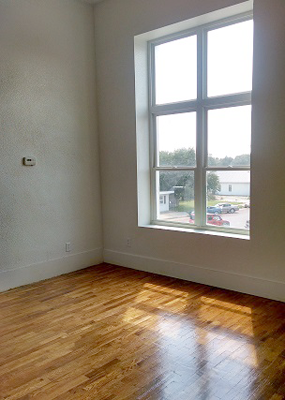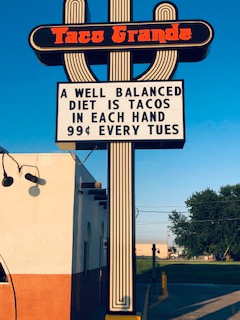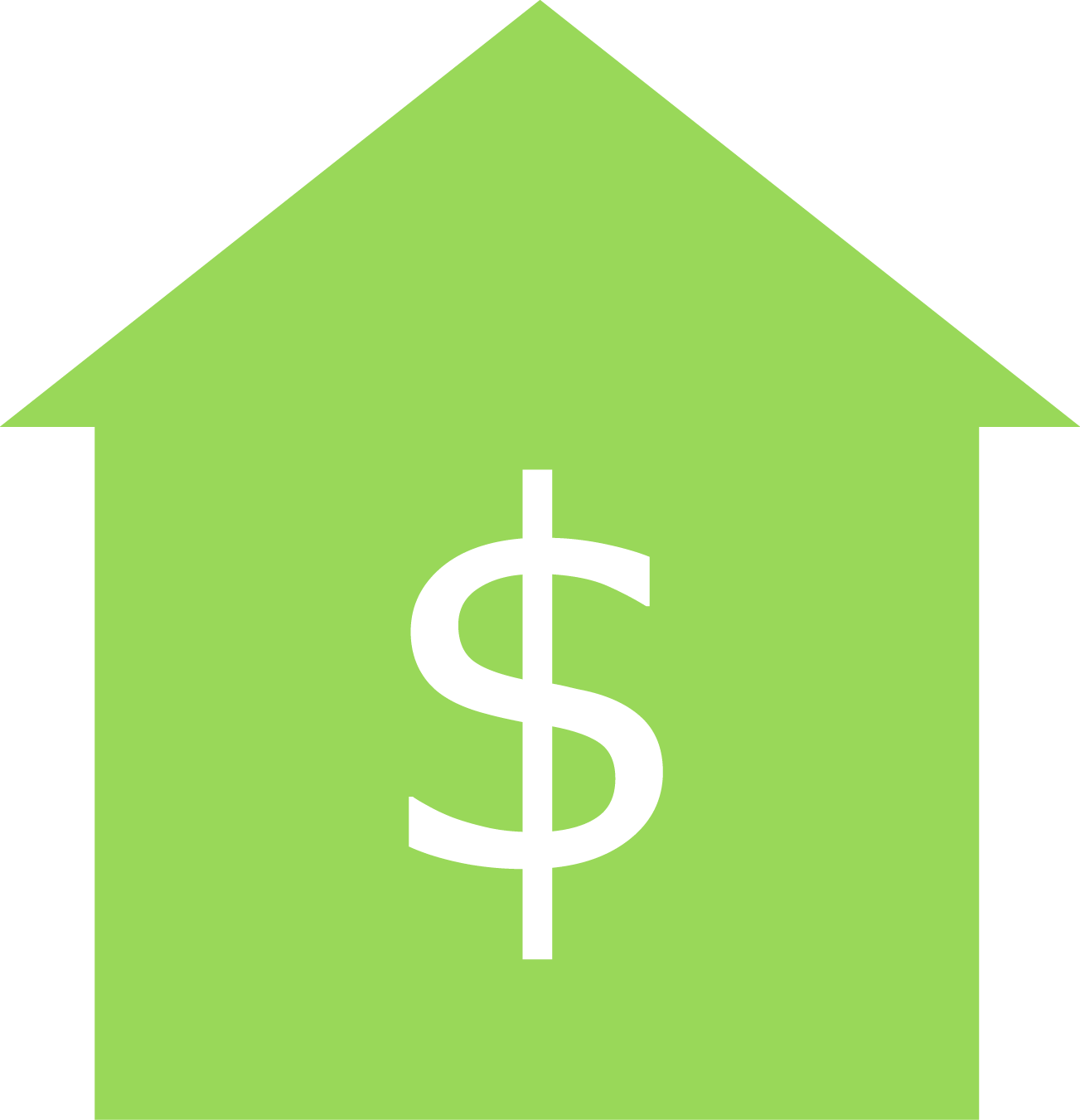
Renovation of four loft apartments in downtown Mankato was included in one of the city’s recent housing projects.
Long-time City of Mankato Mayor Don Koester credits a strategic planning meeting 16 years ago with helping the community chart a course to address its housing needs.
“We asked the community what needed to be done,” Koester said. “As a council, we took the ideas and tried to prioritize the biggest needs.”
That meeting was in his first year as mayor and he continues to serve in that role. Housing was among the list of priorities identified.
The community received a boost when it was awarded funds in 2005 through the Small Cities Community Development Block Grant (CDBG) program administered by the Kansas Department of Commerce. The funding was part of a Comprehensive Development project that included construction of a new multi-purpose community building, park and street improvements, and housing demolition and rehabilitation. The Comprehensive Development Program is no longer offered.
“The housing in that first project was targeted right around the community center,” Koester said. “It made a small area so you could see a big impact. It was very successful.”
The city has since received funding for two additional housing rehabilitation projects through the CDBG Program. In total, the projects have helped rehabilitate 28 homes and demolish 18 dilapidated units.
“Our work is not complete with housing, but it is certainly going in the right direction,” Koester said. “If you can rehabilitate a house and stop it from going downhill, you keep it a viable housing unit for your community. You can stop that cycle of decline.”
The city is now in the process of deciding next steps to address some infrastructure needs.
“Infrastructure goes together with housing,” Koester said. “We are trying to look at things at a big scale for more years knowing that we will enhance what is there (housing) by what we do next.”
NCRPC Housing Director Carol Torkelson has administered all three housing projects in Mankato and credits the community for putting in the work to address housing.
“The City of Mankato committed to saving the existing housing stock and removing dilapidated structures,” Torkelson said. “It is something they could bring to their citizens at minimal cost to the city.”
There are many great things happening in North Central Kansas. The Project Spotlight series features projects around the region to share ways communities have solved challenges. To view more Project Spotlights, visit https://www.ncrpc.org/tag/project-spotlight/.
This article appeared in the September 2019 NCRPC Newsletter.




 A new NCK-WiFi hotspot was added this summer at the Jamestown city park/baseball fields — bringing the number of NCK-WiFi locations to 16 distributed throughout 7 cities. Plans are underway to continue expanding the network throughout North Central Kansas.
A new NCK-WiFi hotspot was added this summer at the Jamestown city park/baseball fields — bringing the number of NCK-WiFi locations to 16 distributed throughout 7 cities. Plans are underway to continue expanding the network throughout North Central Kansas. The two-county pilot project of the NCK Home Ownership Program assists home buyers by reducing the barriers of down payments and closing costs. The program offers a combination of a down payment assistance loan of $10,000 and closing cost grant of $2,000 when purchasing a home of $50,000 or greater in Ellsworth or Lincoln County. Funds are limited and available on a first come, first serve basis.
The two-county pilot project of the NCK Home Ownership Program assists home buyers by reducing the barriers of down payments and closing costs. The program offers a combination of a down payment assistance loan of $10,000 and closing cost grant of $2,000 when purchasing a home of $50,000 or greater in Ellsworth or Lincoln County. Funds are limited and available on a first come, first serve basis.
